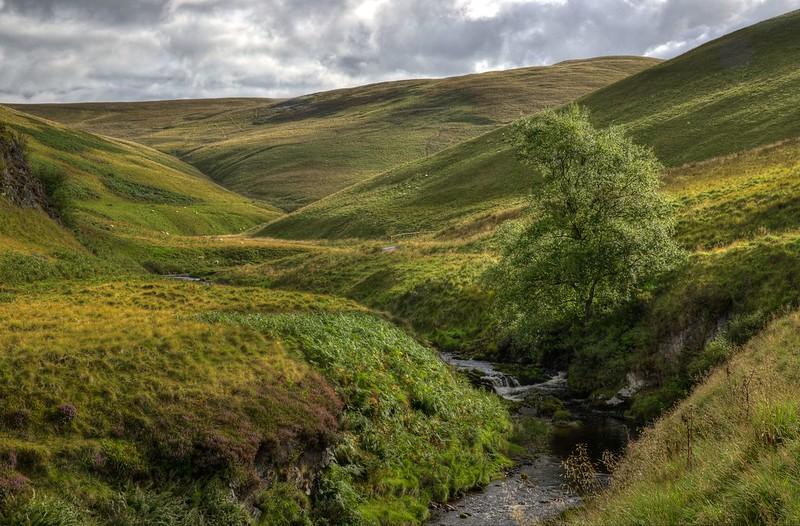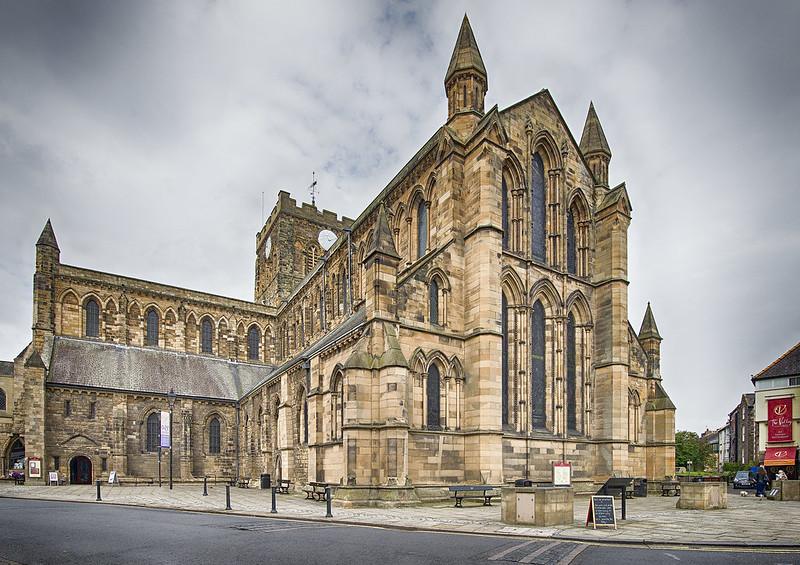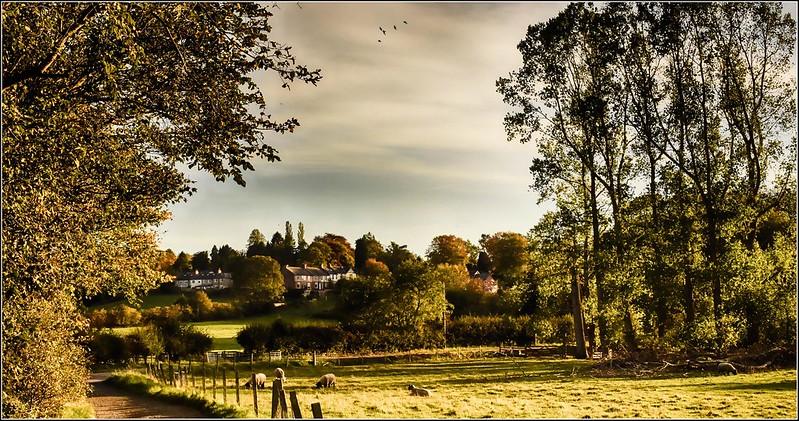The Cheviot Hills, straddling the border between England and Scotland, are a stunning expanse of natural beauty and rich heritage. This area, characterised by rolling hills, rugged landscapes, and diverse wildlife, offers a unique blend of outdoor adventure and historical significance.
Whether you are an avid hiker, a history enthusiast, or simply someone looking to immerse yourself in nature, the Cheviot Hills provides an ideal destination. This guide will explore the natural beauty, historical context, outdoor activities, and conservation efforts that make the Cheviot Hills a remarkable place to visit.
Discovering the Natural Beauty of the Cheviot Hills
The Cheviot Hills are renowned for their breathtaking landscapes, which include sweeping moorlands, lush valleys, and dramatic ridges. The highest peak, The Cheviot, rises to 815 meters and offers panoramic views that stretch across the Northumberland National Park and into the Scottish Borders.
The area is characterised by its unique geological formations, including volcanic rock and ancient sedimentary layers, which contribute to its striking topography. Visitors can enjoy the vibrant colours of the heather in bloom during late summer, creating a picturesque scene that attracts photographers and nature lovers alike.
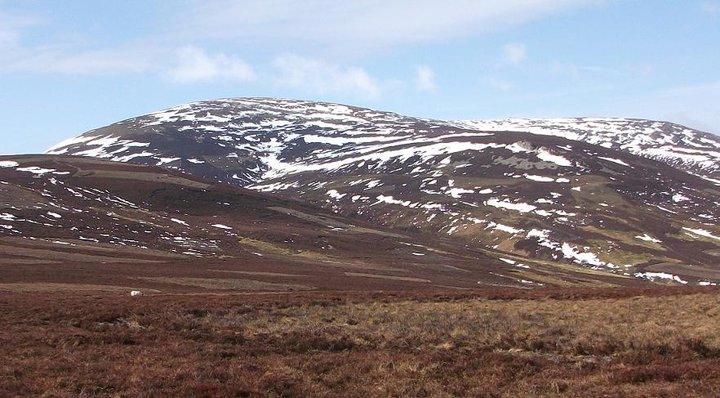
The region is also home to a variety of ecosystems, from upland heath to ancient woodlands. These diverse habitats support a wide range of flora and fauna, making the Cheviot Hills a biodiversity hotspot. Rare species such as the black grouse and the red squirrel can be spotted in their natural habitats, while the area is also a haven for migratory birds.
The interplay of different landscapes, from the tranquil rivers to the rugged hills, creates a serene environment that invites exploration and appreciation of nature’s wonders. In addition to its natural beauty, the Cheviot Hills are interspersed with charming villages and historic sites that reflect the cultural heritage of the region.
The quaint settlements, such as Wooler and Kirk Yetholm, offer a glimpse into traditional rural life, with stone cottages and local shops that showcase regional crafts and produce. The combination of stunning landscapes and cultural landmarks makes the Cheviot Hills a captivating destination for those seeking both adventure and tranquillity.
As visitors traverse the hills, they will encounter numerous trails and paths that wind through the landscape, providing opportunities for exploration and discovery. The well-marked routes cater to various skill levels, ensuring that everyone can experience the natural beauty of the area.
Whether you choose to embark on a stroll or a challenging hike, the Cheviot Hills promise an unforgettable experience in the heart of nature.
A Historical Overview of the Cheviot Hills Region
The Cheviot Hills have a rich history that dates back thousands of years, with evidence of human habitation found in ancient burial mounds and stone circles scattered throughout the area. The region has been shaped by various cultures, from prehistoric tribes to Roman settlers, each leaving their mark on the landscape.
The remnants of ancient fortifications and settlements provide insight into the lives of those who once inhabited these hills, showcasing their resilience and adaptability to the challenging environment. During the medieval period, the Cheviot Hills became a contested borderland between England and Scotland, leading to a turbulent history marked by conflict and strife.
The area was the site of numerous skirmishes and battles, as both nations sought to assert their dominance. The ruins of castles and fortified structures, such as the impressive Norham Castle, stand as testaments to this tumultuous past, offering visitors a glimpse into the region’s historical significance.
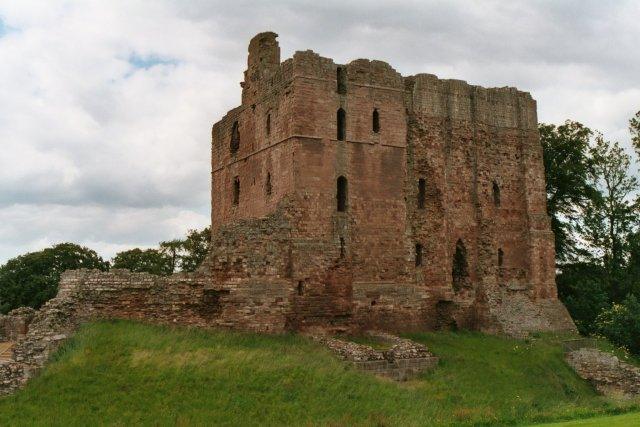
The Cheviot Hills also played a vital role in the development of agriculture and pastoralism in the region. The fertile valleys and grazing lands supported farming communities, which thrived on the production of sheep and cattle. The traditional practice of sheep farming continues to this day, with the iconic Cheviot sheep being a symbol of the area.
This agricultural heritage is celebrated through local festivals and events, where visitors can experience traditional crafts, food, and music. In recent years, there has been a growing interest in preserving the historical and cultural heritage of the Cheviot Hills.
Local organisations and communities are working together to promote awareness of the region’s history, ensuring that future generations can appreciate and learn from the past. This commitment to heritage preservation is vital in maintaining the unique character of the Cheviot Hills and fostering a sense of pride among residents and visitors alike.
Outdoor Activities: Hiking, Wildlife, and Scenic Views
The Cheviot Hills are a paradise for outdoor enthusiasts, offering a plethora of activities that cater to all interests and skill levels. Hiking is one of the most popular pursuits, with an extensive network of trails that traverse the hills and valleys.
From gentle walks along the River Till to challenging ascents of The Cheviot, there is a route for everyone. The well-maintained paths provide access to some of the most stunning viewpoints in the region, allowing hikers to immerse themselves in the breathtaking scenery.
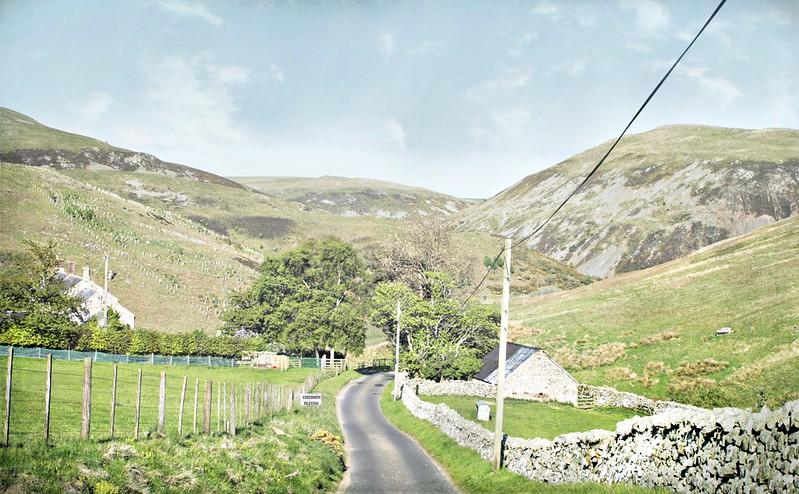
Wildlife watching is another rewarding activity in the Cheviot Hills. The diverse habitats support a rich array of species, making it an ideal location for birdwatching and wildlife photography. Early risers may catch sight of the elusive black grouse or the majestic red deer roaming the hills.
The area is also home to a variety of smaller mammals, including otters and foxes, which can be spotted along the riverbanks and in the woodlands. Nature enthusiasts will find that the Cheviot Hills offer a unique opportunity to connect with wildlife in its natural habitat.
For those seeking a more leisurely experience, the Cheviot Hills provides ample opportunities for picnicking and enjoying the great outdoors. Scenic spots along the trails and in the valleys invite visitors to pause and take in the beauty of their surroundings.
The tranquil atmosphere, combined with the sounds of nature, creates a perfect setting for relaxation and reflection. Families can enjoy a day out, exploring the landscape and creating lasting memories in this picturesque environment.
In addition to hiking and wildlife watching, the Cheviot Hills offer various other outdoor activities, including cycling, horseback riding, and fishing. The diverse terrain provides challenges for mountain bikers, while the numerous rivers and streams are perfect for anglers seeking a peaceful day by the water.
With so many options available, the Cheviot Hills truly cater to all outdoor enthusiasts, making it a must-visit destination for those looking to experience the beauty of nature.
Preserving Heritage: Conservation Efforts in the Area
As the Cheviot Hills continue to attract visitors, the importance of conservation efforts has become increasingly evident. Local organizations, such as the Northumberland National Park Authority, are dedicated to preserving the natural and cultural heritage of the region.
These efforts include habitat restoration, species monitoring, and the promotion of sustainable tourism practices. By prioritising conservation, these organizations aim to protect the unique ecosystems and historical sites that define the Cheviot Hills.

One of the key initiatives in the area is the management of the landscape to ensure the health of its ecosystems. This includes controlling invasive species, restoring peatlands, and maintaining traditional land management practices that support biodiversity.
The reintroduction of grazing animals, such as sheep and cattle, helps to maintain the balance of the landscape, promoting the growth of native flora and providing habitats for various wildlife species.
Community involvement is also crucial in the conservation efforts of the Cheviot Hills. Residents and volunteers play an active role in various projects, from tree planting to habitat restoration. Educational programs and workshops are organized to raise awareness about the importance of conservation and to encourage sustainable practices among visitors.
By fostering a sense of stewardship within the community, these initiatives help to ensure the long-term preservation of the region’s natural and cultural heritage.
In addition to local efforts, partnerships with national organizations and conservation groups have strengthened the commitment to preserving the Cheviot Hills. Collaborative projects focus on research, education, and advocacy, ensuring that the unique character of the region is maintained for future generations.
As visitors explore the beauty of the Cheviot Hills, they can take pride in knowing that their presence contributes to the ongoing efforts to protect this remarkable landscape. The Cheviot Hills offer a captivating blend of natural beauty, rich history, and outdoor adventure.
From the stunning landscapes and diverse wildlife to the historical landmarks and conservation efforts, this region is a treasure trove for those seeking to connect with nature and heritage. Whether you are hiking the trails, exploring the historical sites, or simply enjoying the serene environment, the Cheviot Hills promise an unforgettable experience.
As we continue to appreciate and protect this remarkable area, we ensure that its beauty and heritage endure for generations to come.
Cheviot Hills FAQs
Where are the Cheviot Hills located?
The Cheviot Hills are located on the border between England and Scotland, primarily within Northumberland in England and extending into the Scottish Borders. The range forms part of the Northumberland National Park.
What is the highest peak in the Cheviot Hills?
The highest peak in the Cheviot Hills is The Cheviot, which stands at 815 meters (2,674 feet) above sea level. It is the highest point in Northumberland and offers panoramic views of the surrounding landscape.
What activities can I do in the Cheviot Hills?
The Cheviot Hills are popular for outdoor activities such as hiking, walking, birdwatching, and wildlife spotting. The area offers a range of walking trails, from easy walks to more challenging hikes, including routes that reach the summit of The Cheviot.
Are there any popular walking routes in the Cheviot Hills?
Yes, some popular walking routes include the ascent of The Cheviot from Harthope Valley, the Border Ridge Walk along the England-Scotland border, and parts of the Pennine Way, which runs through the Cheviot Hills. There are also shorter circular walks with scenic views of the hills and valleys.
What wildlife can I see in the Cheviot Hills?
The Cheviot Hills are home to a variety of wildlife, including red grouse, curlew, golden plover, and mountain hares. The area’s diverse habitats, such as heather moorland and peat bogs, support a rich array of birdlife and other species.
What is the best time of year to visit the Cheviot Hills?
The best time to visit the Cheviot Hills is during the spring and summer months (April to September) when the weather is milder, and the hills are at their most vibrant. Autumn is also a beautiful time to visit, with colourful foliage and cooler temperatures. Winter visits are possible but can be challenging due to snow and cold weather.
How can I get to the Cheviot Hills?
The Cheviot Hills are accessible by car, with parking available at various trailheads and access points such as Harthope Valley and Ingram Valley. The nearest train stations are in Alnwick and Berwick-upon-Tweed, from where you can take local buses or taxis to reach the hills.
What should I bring when visiting the Cheviot Hills?
It is advisable to bring sturdy walking boots, weather-appropriate clothing, a map and compass (or GPS device), water, snacks, and a first aid kit. The weather can change rapidly, so be prepared for varying conditions, especially if hiking to higher elevations.
